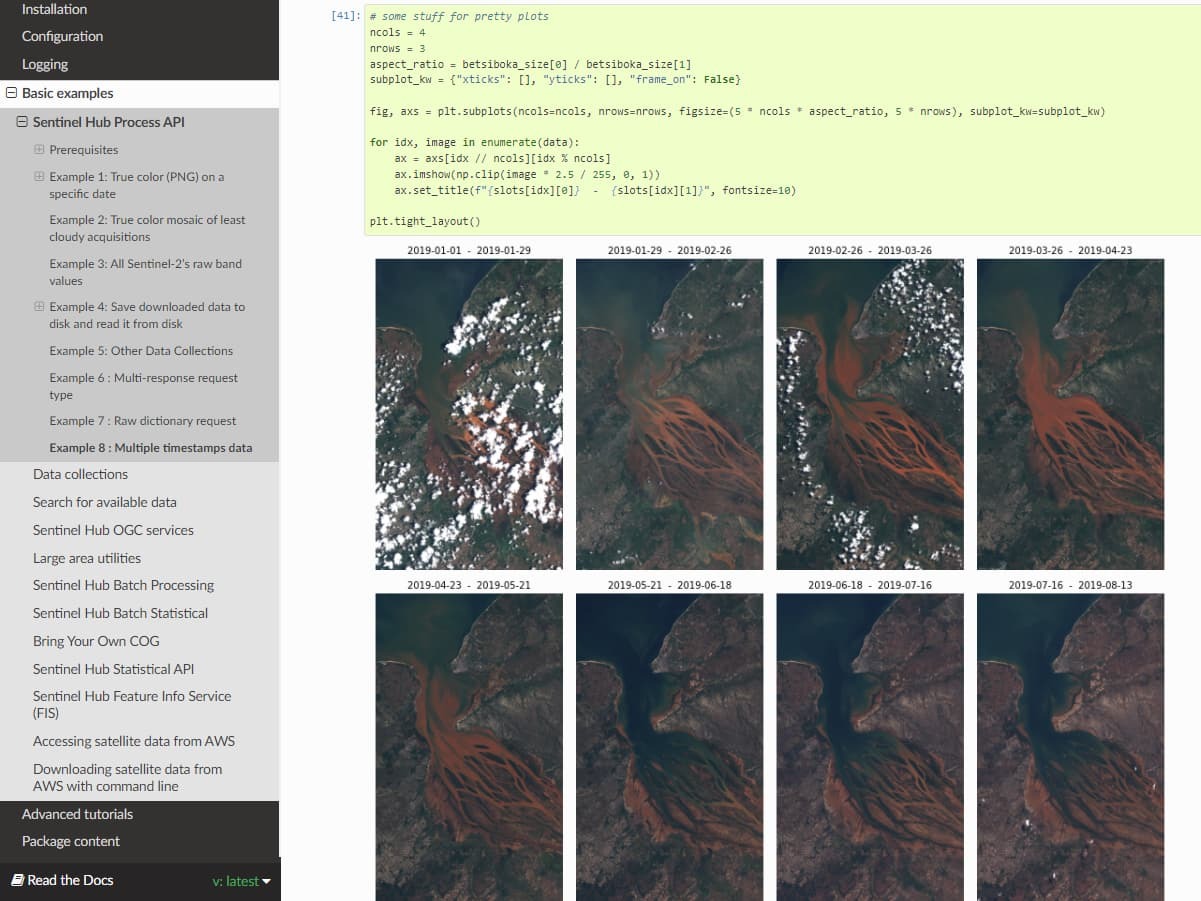Hello,
I would like to know if there is a way (from the sentinel hub dashboard or from somewhere else) to download a set of images from a specific location from a predetermined time interval (from January 1, 2015 to today), selecting a particular satellite band (for example, NDVI). Currently, I only know how to download a specific image (the one being displayed).


